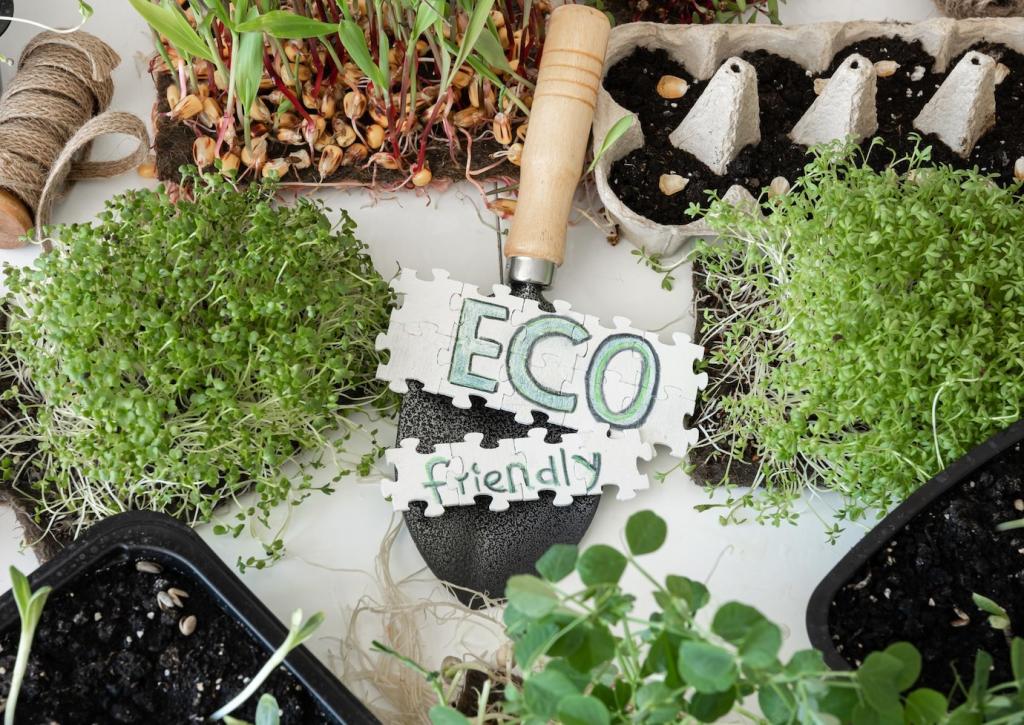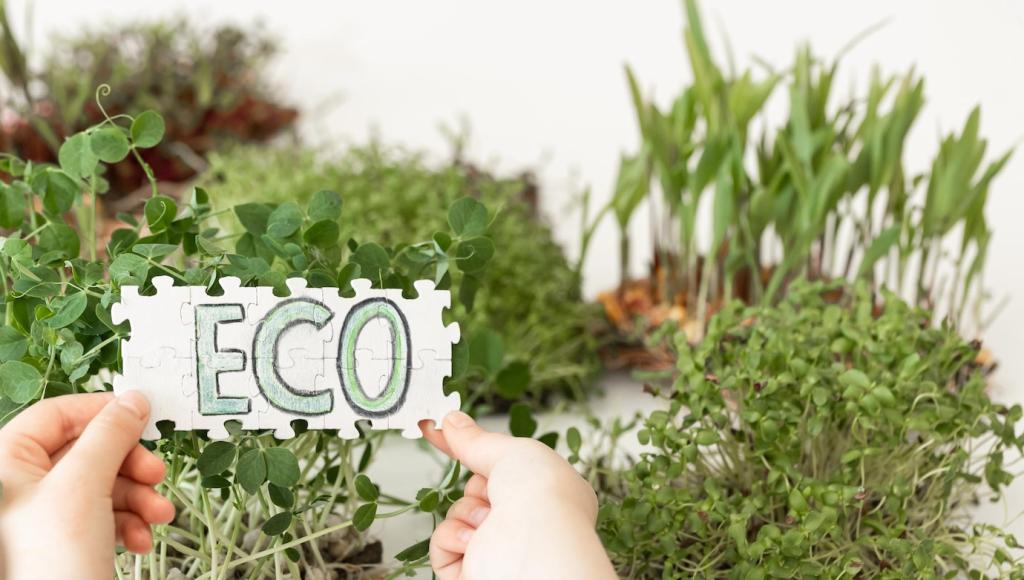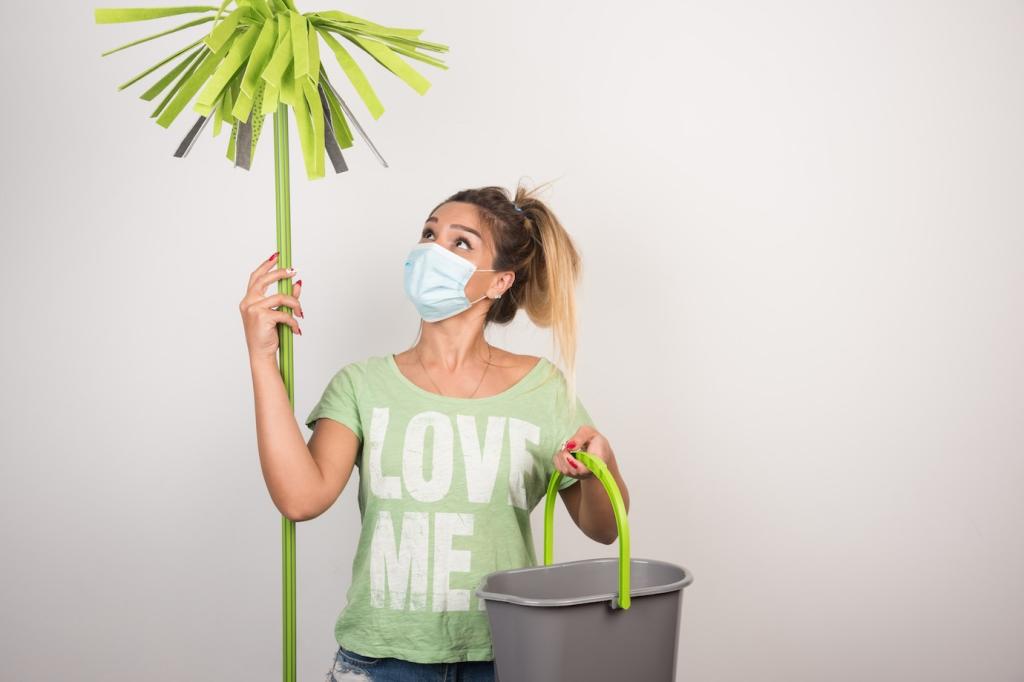Care for Repurposed Pieces so They Last
Wash in cool water with a mild detergent, using mesh bags for fragile patchwork. Air-dry flat to protect seams. Spot-clean between washes to extend life and preserve color saturation across mixed fabrics.
Care for Repurposed Pieces so They Last
Fold heavy items with acid-free tissue, roll delicate scarves, and avoid wire hangers. Keep away from direct sunlight and extreme humidity. Label storage bins so projects are easy to find and rotate.






